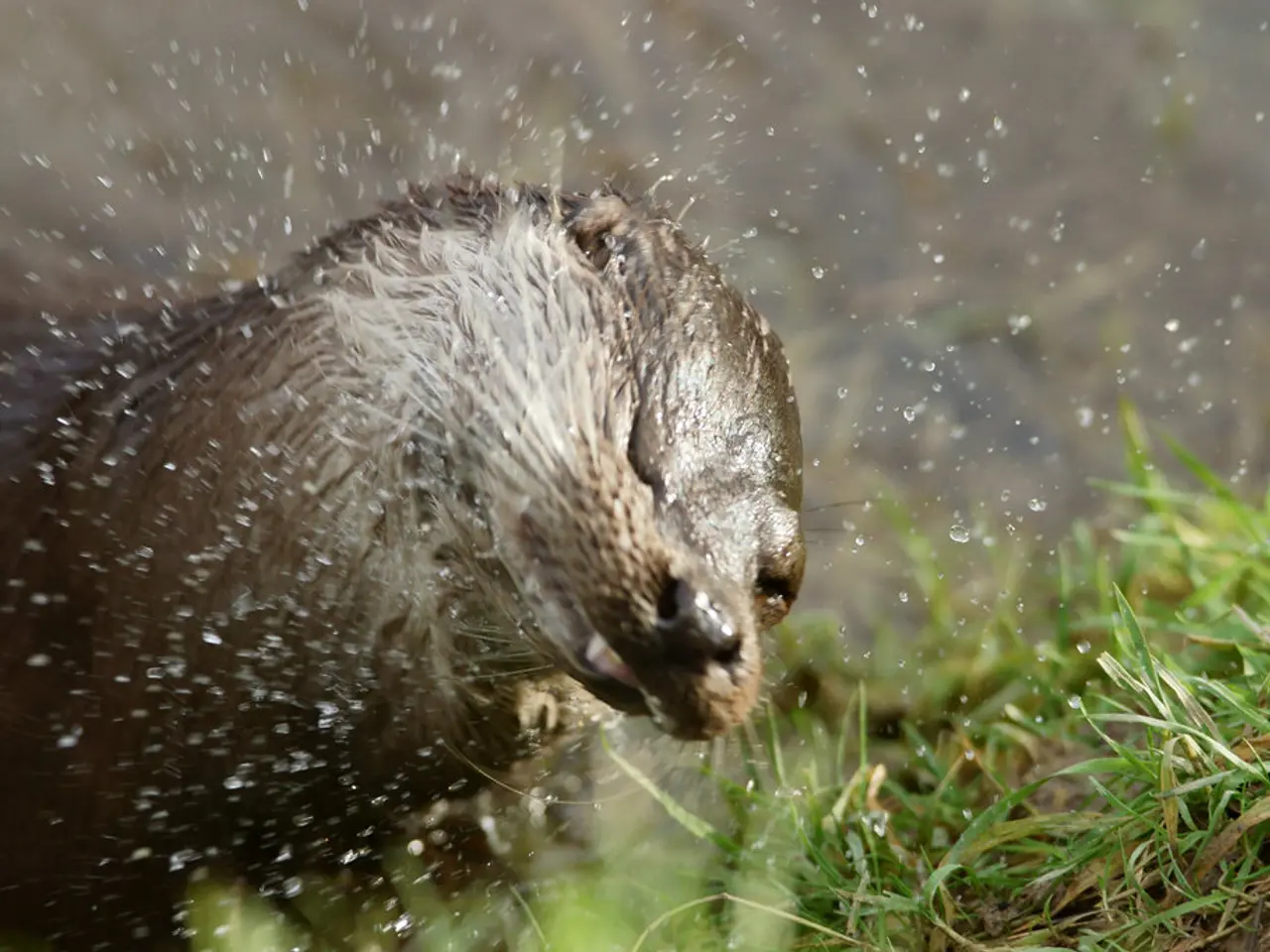Berlin Struggles to Accommodate Otters
In the heart of Germany, Berlin is witnessing a remarkable comeback of a fascinating creature - the otter. This semi-aquatic mammal, known for its sleek coat and agile movements, is making its way back to the city's waterways, primarily due to improved water quality, habitat restoration, and increasing urban green spaces that provide suitable living conditions and food resources.
However, urban life presents several challenges for these otters. Habitat fragmentation, traffic collisions, and human disturbance are among the obstacles they face in navigating the city's busy waterways intersected by roads and human infrastructure. Pollutants and disturbance from city activities may also stress otters or reduce prey availability.
Water quality improvement in Berlin’s rivers and lakes, achieved through environmental regulations and cleanup initiatives, supports otters by increasing fish populations, their primary diet. Habitat restoration involving renaturalizing riverbanks and creating connected green corridors allows otters to move safely and find shelter.
Yet, challenges remain. Navigating urban infrastructure like roads and dams, the risk of vehicle strikes, and potential conflicts or disturbances from increasing human recreation along waterways are significant concerns.
The German Environmental Aid (DUH) and the Foundation for Nature Conservation Berlin (SNB) are at the forefront of these conservation efforts. They are using funds from the hunting levy to protect the endangered otter species. DUH educates gardeners and shore property owners about natural shores and puts pressure on the Senate Administration for the Environment to design fish traps in a fishotter-friendly way and to carry out fishotter monitoring.
The Mühlendamm lock, a formidable barrier in Berlin, poses a significant challenge for otters. A more continuous Spree is needed for otters living in the Spree to meet those living in the Havel. Building safe crossing options for otters at bridges, locks, or weirs could mitigate hazardous spots.
The otter expansion is happening because all suitable territories in the Brandenburg countryside are occupied, pushing the otter into cities. The Brandenburg source regions could provide an important boost for the otter population.
DUH's "Otterstadt Berlin" project, started in spring, focuses mainly on the dangers and protection possibilities for the otter. The project underscores the importance of continued conservation attention to ensure Berlin's returning otters can thrive in their urban habitat.
As Berlin's otter population continues to grow, so does the city's commitment to conservation and environmental preservation. This comeback serves as a testament to the power of urban revitalization and the potential for cities to serve as thriving habitats for diverse wildlife.
- The improved water quality and habitat restoration in Berlin's rivers and lakes, facilitated by environmental regulations and cleanup initiatives, contribute to the diets of the returning otters through increased fish populations.
- To ensure the long-term survival and thriving of the otter population in urban Berlin, it's crucial to address challenges such as habitat fragmentation, traffic collisions, pollutants, and conflicts with human activities by implementing safe crossing options, protective measures, and education programs about natural shores and suitable living conditions.




